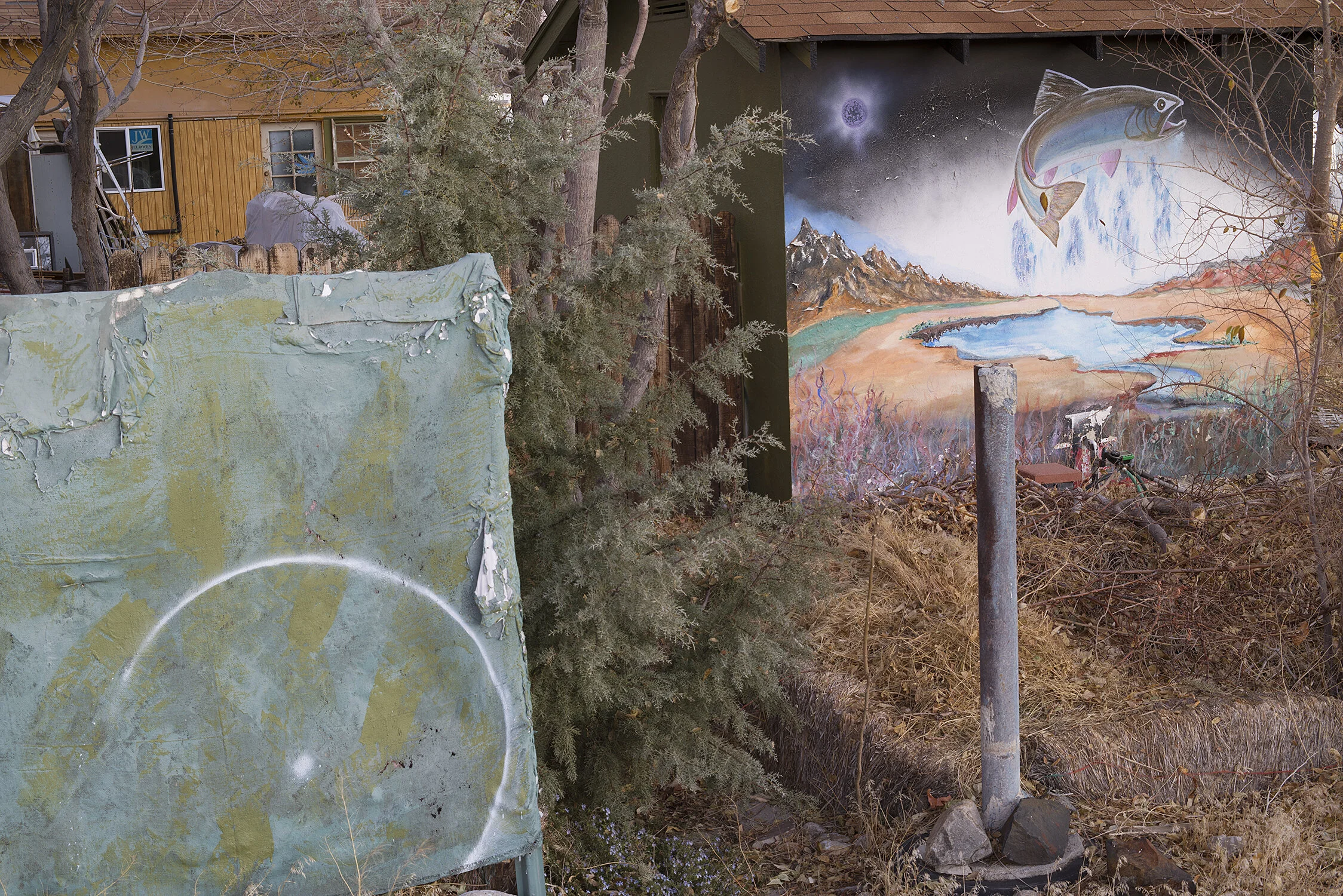INYO
Inyo County sits like a quiet monolith on the eastern edge of California—sprawling across more than 10,000 square miles and nearly empty, home to fewer than 19,000 souls. It's a place of stark extremes, where the highest and lowest elevations in the continental United States coexist within the same county. Here, elevation is more than topography—it is metaphor. One stands at the foot of Mount Whitney or at the edge of Death Valley not simply as a visitor, but as a witness to the Earth’s own reckoning with scale and silence.
Few places in America exert such a visceral pull on the people who live within them. The power of nature here is not a backdrop—it is the story itself. Even the name “Inyo,” taken from the Paiute people, speaks to this reverence. Meaning “dwelling place of the great spirit,” the name doesn’t simply describe the terrain—it embodies the belief that land and spirit are indistinguishable. For the Paiute, the divine didn’t hover above; it breathed through the stone and sky, the wind and water, inseparable from the land’s harsh majesty.
+ MORE INFO
At the center of this formidable expanse lies the Owens Valley, a long, narrow corridor flanked by the granite walls of the Sierra Nevada to the west and the weathered rise of the White and Panamint ranges to the east. The valley stretches 75 miles like a river of land, 5-15 miles wide, an improbable thread between vertical immensities. The scale is both exhilarating and crushing—a smooth sweep of floor ringed by altitudes that dwarf human scale, compressing it into something fragile, almost provisional.
At the dawn of the 20th century, the valley thrummed with promise. Fed by Sierra runoff, it bloomed into a thriving agricultural oasis. But in a story as old as time itself, another thirstier dream took precedence. Los Angeles, growing fast and reckless, cast its gaze northward. Through a mix of ambition, manipulation, and outright deceit, the city secured the water rights of the entire valley. By 1920, the water for agriculture was gone—channeled south through an aqueduct that drained the valley like a punctured lung. Fields turned to dust. The river dwindled to memory. Owens Lake, once immense, evaporated into a ghost of alkali flats and broken promise. The valley towns, once budding, shriveled and hardened like fruit left too long in the sun.
And yet, paradoxically, the theft ensured that Inyo would remain largely undeveloped, frozen in time. The grab for water arrested growth. The engine of development sputtered and died. In place of urban sprawl, a quiet permanence settled in: small, stubborn towns, separated by long miles of open space, suspended in a kind of secular devotion to endurance. In their stillness, they seem to echo the mountains above—unyielding, unmoved.
For those who remain, the land is not an abstraction but a daily fact. Life unfolds under the vastness of sky, shaped by light, shadow, and wind. People sit in open garages or gather beneath the trembling shade of cottonwoods, watching the shadows grow. Conversations are spare. Silence, here, carries its own weather. There is a kind of communion in this quiet—a wordless, shared reverence for the rhythm of the day.
Geography doesn't just surround us; it seeps in, reshaping us from the inside out. The greater the scale, the deeper the incision into our consciousness. What does it mean to try and live in a place so vast, so unconcerned with human comfort, and so immune to our efforts to domesticate it? What do its weathered buildings and scattered towns reveal about the landscape they occupy?
There is a humility born of tension here. We build modestly, our human endeavors dwarfed by geologic immensity. We try to belong, but the land never quite concedes. And yet, that very resistance becomes a kind of grace. In the quiet defiance of these settlements—in their porches and pick-up trucks, in the scattered detritus of their ruins—there’s a stubborn beauty. A belief, however dubious, that even in a place so untamed and severe, something enduring can still be made. Hope, here, is a long shadow falling across the desert floor—thin, fleeting, but always returning.






















































